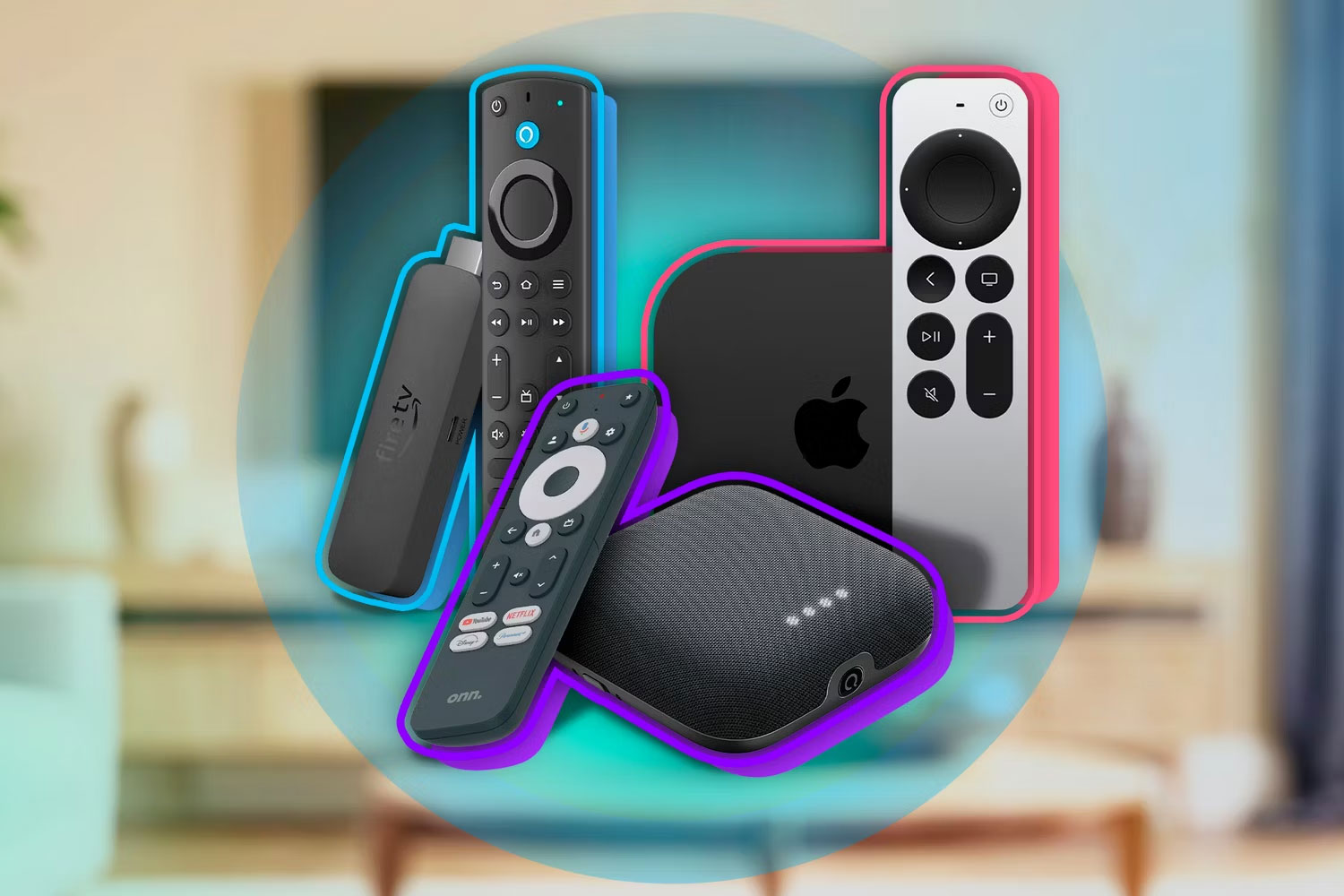Don't build a smart house without these 4 types of devices!
These are the essential devices you should install first, as they will have a big impact at the lowest cost!
1. Smart lights

Indoor and outdoor lights are a great place to start your smart home technology journey. Lights, in their various forms, are essential throughout the home and there are many lighting fixtures and control methods on the market. Additionally, since most homes already have a lighting infrastructure in place, making just a few small changes and strategic additions may be all that is needed to fully automate the system. system.
A versatile option for beginners is Philips Hue. Philips has created an entire ecosystem of lighting options from single bulbs that replace your existing bulbs and connect to a central hub, to individual fixtures, wall sconces, table lamps and floor lamps. You can control the lights with your smartphone or a voice assistant like Google Home or Alexa, allowing you to adjust the brightness and color of the bulbs, automating lighting schedules in different areas of your home. .
2. Smart security system

The next step in creating a smarthome is adding a smart security system. Popular options like Google's Ring or Nest systems combine door locks, gates and doorbells, alarms, cameras and even smoke and CO2 detectors. However, these can be expensive to buy and set up, often requiring a voice-controlled assistant hub and a paid monthly subscription.
A cheaper and easier option for beginners in the market is SimpliSafe. The starter package includes a base station, wireless keypad, door contact, motion sensor and alarm button, all of which are easy to install yourself. You can also add additional devices to the system, such as touchscreen control panels, smart door and garage locks, and door and gate cameras. The best part about this security system is that it does not depend on a cloud service or monthly subscription to remotely monitor, activate or deactivate the system.
You can also use Roku for smart home security, although the brand is more famous for its streaming devices.
3. Smart HVAC system
Another indispensable application of smart technology is controlling home heating, ventilation and cooling systems. If you have a furnace or air conditioner, both can be conveniently controlled with a smart thermostat.
High-end models, such as the Google Nest or Ecobee, also have intuitive digital displays and air quality, humidity, and smoke sensors. They can detect when you're home and adjust settings accordingly. However, these devices are not cheap and may require a subscription to unlock all their features.
A good alternative that doesn't require much installation and setup is the Honeywell Lyric T6. Easy to set up and operate remotely via smartphone app, allowing you to remotely monitor home temperature and set daily schedules. You can also let it track your location and turn on the heating or cooling while on your way home.
4. Smart entertainment

Once you have the essentials, no smart home would be complete without some entertainment devices. If music is your thing, a set of Wi-Fi speakers will let you play music from your phone or hub anywhere in the house. You can also connect the speakers to your living room or bedroom TV for a surround sound experience, or link them to a smart doorbell to communicate with guests.
If you want to maximize your smart entertainment options, a media server, like the one offered by Plex, provides storage for your movie, TV show, photo, and music libraries. You can then access your content from home and stream it to any connected device, TV or speaker.
By focusing on the essentials of smart home technology, you can build the backbone of each system without spending a lot of money. This gives you a solid foundation to build on, allowing you to add to each system as your finances and needs allow.
You should read it
- Smart home technology and unpredictable hazards
- Do you need a Smart Home Hub? How to choose?
- How to turn an old tablet into a Smart Home Hub
- 5 serious limitations when having too many smart home devices
- 6 ways seniors can use Google Home to make the COVID-19 quarantine easier
- How will smart home equipment be lost?
 How to easily free up OneDrive storage space
How to easily free up OneDrive storage space Google launches a tool to help YouTubers get their channels back if they are hacked
Google launches a tool to help YouTubers get their channels back if they are hacked How to hide Telegram messages without deleting
How to hide Telegram messages without deleting Windows 11 is about to support an extremely useful webcam feature
Windows 11 is about to support an extremely useful webcam feature 3 mobile apps provide creative photo effects
3 mobile apps provide creative photo effects iOS bug causes iPhone to crash when entering these 4 characters
iOS bug causes iPhone to crash when entering these 4 characters